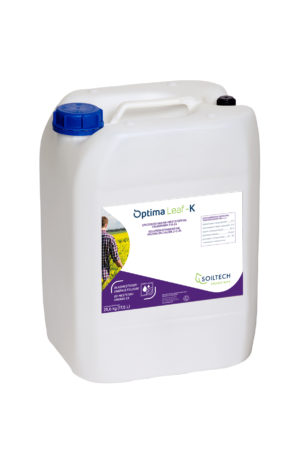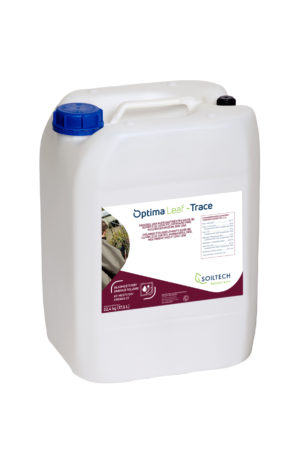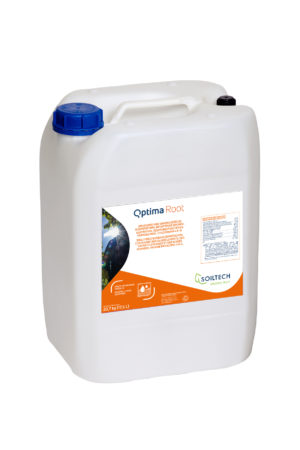‘Eyes’ is a term very common in specific cultivation, particularly in perennial crops such as (strawberries and) peony. But what do we really mean when we are talking about ‘eyes? ‘Eyes are the growing points of the plants which can develop into vegetative (leaves, stems and roots) and generative (flowers and fruits) plant parts.
Growing point formation generally occurs at the end of the production season (late summer, early autumn). There is a strong relationship between the number of growing points – or eyes - and the final production per plant in a following harvest period. The growth increase which a grower can realise in the period of growing point formation creates the basis for the yields in the next production season. Administer the right nutrients in time, so the plant can build up reserves and start dormancy well rested and ‘full’. In spring, when the crop comes out of dormancy prompted by the increasing day length and temperature, the transformation of previously formed growing points starts. The eyes, or growing points, develop into leaves, stems, and roots, flower and fruits and ultimately also vegetative offshoots (stolons).
What slows down growing point formation?
Growing point formation usually takes place during late summer (very dependent on crop and variety). It is important that the plant has sufficient water and the right nutrients available in this period. Too little or too much light, excessive water or drought, extreme temperatures and a non-optimal fertilisation slow down growing point formation.
What stimulates growing point formation?
To adapt fertilisation to growing point formation, the following elements require attention:
- Potassium
- Calcium
- Trace elements
Because of the, often dry, conditions in the critical months, the proper uptake of these elements from the soil is not always possible. Foliar fertiliser is an excellent solution to provide the plant with optimal nutrition.



